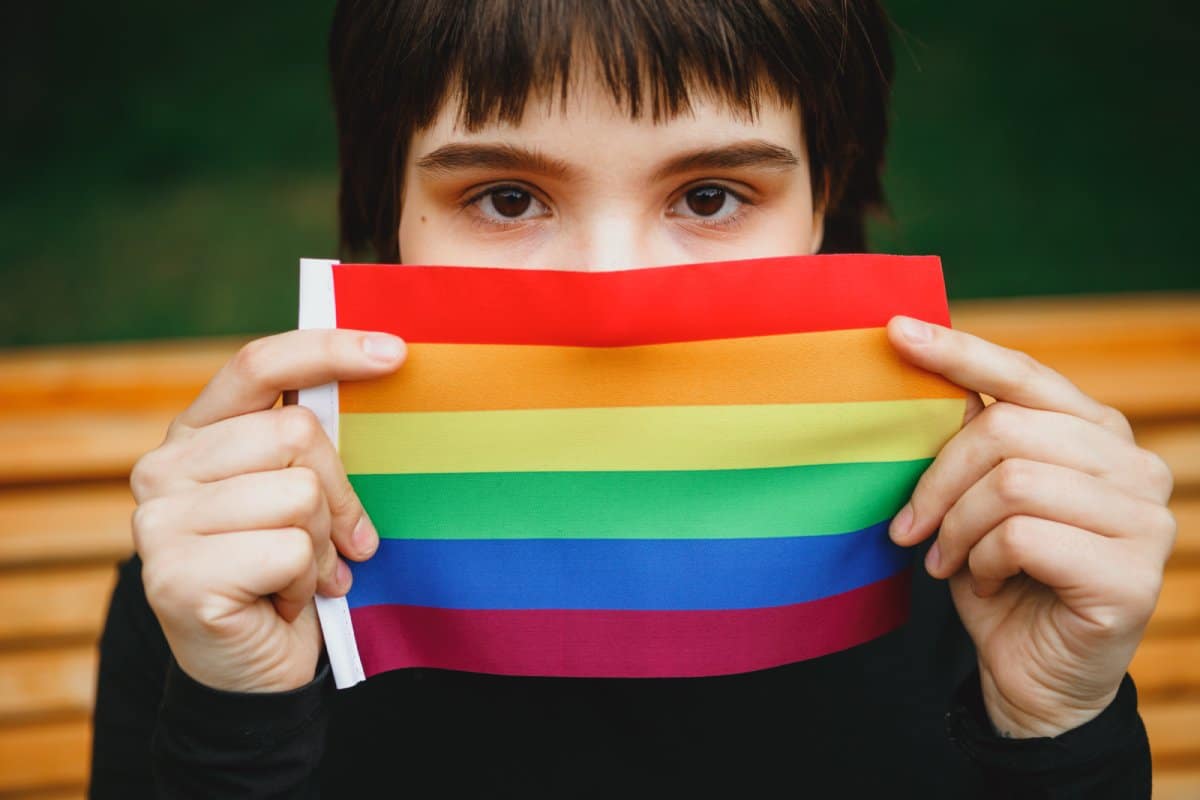Navigating the waters of acceptance can be tough, especially when it involves someone close who struggled to accept your sexual orientation. Repairing such a relationship doesn’t happen overnight, but with patience, understanding, and genuine effort, bridges can be rebuilt.
1. Open the Dialogue

Start by reopening communication. Choose a comfortable setting and express your willingness to talk things through. It’s about creating a safe space for honest, respectful conversations.
2. Set Clear Boundaries

It’s important to establish what is and isn’t acceptable in how they treat you and discuss your identity. Boundaries are crucial for mutual respect.
3. Share Your Feelings

Let them know how their initial reaction affected you. Sharing your feelings can help them understand the impact of their actions and why change is necessary.
4. Listen Actively

Give them space to express their thoughts and feelings. Listening is a two-way street and can reveal misunderstandings that need to be addressed.
5. Educate Through Stories

Share personal stories and experiences about your journey. Sometimes, personal narratives can foster empathy and understanding better than abstract ideas.
6. Suggest Educational Resources

Recommend books, articles, movies, and documentaries that accurately represent the LGBTQ+ community. Education can dispel myths and reduce prejudices.
7. Acknowledge Their Efforts

If they are making an effort to change or understand, acknowledge it. Positive reinforcement can encourage more open-minded behavior.
8. Be Patient

Accept that change might come slowly. People need time to adjust their perspectives, especially if their beliefs are deeply ingrained.
9. Seek Mediation

If direct conversation is challenging, consider involving a neutral third party. A counselor or mediator can facilitate a more productive dialogue.
10. Create New Memories

Engage in activities together that you both enjoy. Positive experiences can help heal past hurts and strengthen relationships.
11. Maintain Open Communication

Keep the lines of communication open. Regular check-ins can help ensure that both parties feel heard and valued.
12. Express Gratitude for Small Changes

When they make even small steps towards acceptance, express your appreciation. Gratitude can reinforce their positive behavior.
13. Define the Relationship’s Value

Remind each other why the relationship is worth repairing. Highlight the positive aspects and shared history that make your connection special.
14. Address Misconceptions

If they harbor any misconceptions about the LGBTQ+ community, address them gently but firmly. Correcting false beliefs is key to fostering understanding.
15. Encourage Interaction With Other LGBTQ+ Individuals

If possible, introduce them to your friends from the LGBTQ+ community. Familiarity can reduce prejudice and foster acceptance.
16. Set Realistic Expectations

Manage your expectations about the reconciliation process. Not every conversation will be easy or successful, but persistence can lead to understanding.
17. Celebrate Progress

Mark milestones in the relationship’s repair. Celebrating progress, no matter how small, can provide motivation to continue improving the relationship.
18. Know When to Step Back

Recognize if the relationship is too harmful to continue. It’s important to prioritize your mental health and well-being if progress stalls or negativity persists.
Moving Forward Together

Rebuilding a relationship after such a fundamental disagreement takes courage and commitment from both sides. By approaching the situation with empathy, patience, and openness, you can pave the way for a more understanding and supportive relationship.
The post Gay Identity: 18 Ways to Deal with Non-Accepting Loved Ones first appeared on Pulse of Pride.
Featured Image Credit: Shutterstock / Anna55555.
For transparency, this content was partly developed with AI assistance and carefully curated by an experienced editor to be informative and ensure accuracy.

